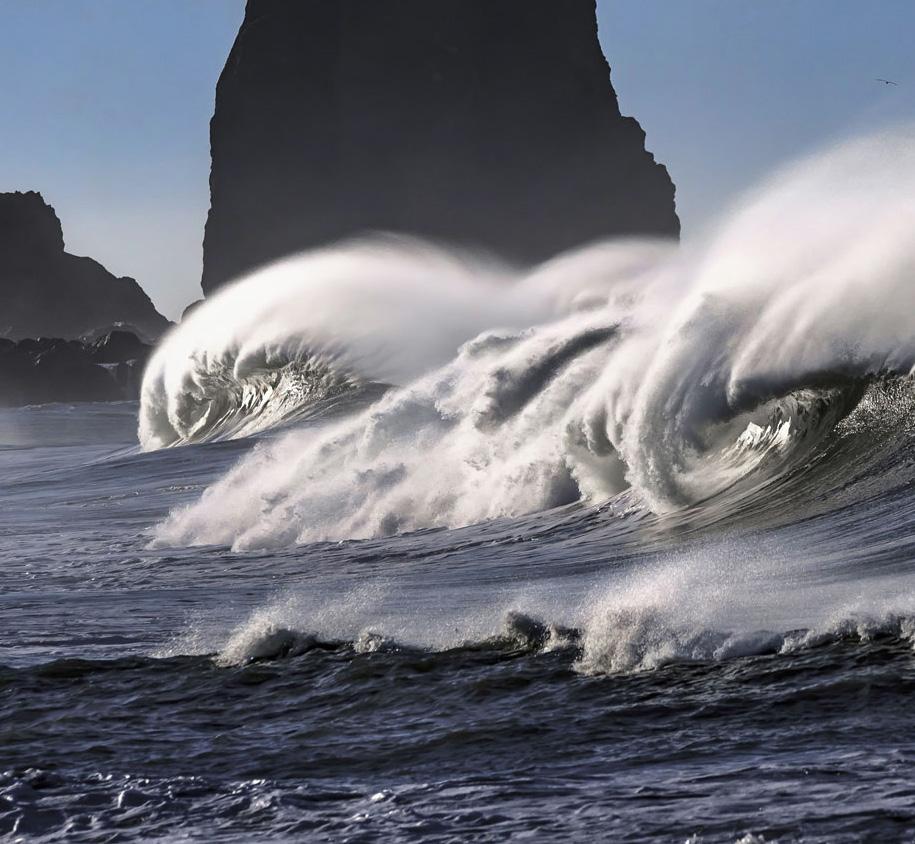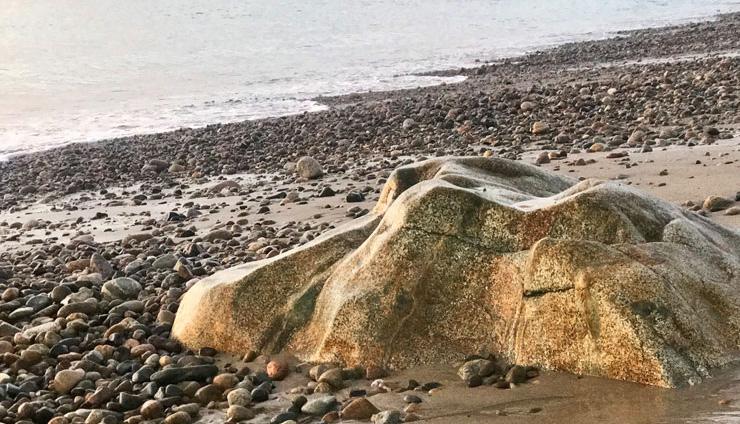
3 minute read
Indigenous Peoples’ Day
From the Editor By Yvette Neshi Lokotz
What is Indigenous Peoples’ Day? According to officeholidays.com, Indigenous Peoples’ Day focuses on celebrating the heritage and contribution to the Americas of those who were here before Columbus.
Advertisement
The U.S. already observes Native American Heritage Month in November as a federal recognition, so why is there a need for an additional day of observance? This is an excellent question and one that takes more thought.
At first glance, it would seem to having two observances is redundant. The Indigenous Peoples’ Day includes all tribal nations in the U.S., not just Native Americans Nations. Other tribal people reside in the U.S. as well—people who are immigrated to the U.S. from South America and Mexico.
I believe the key intention for Indigenous Peoples’ Day is to celebrate and honor the contributions to the Americas of those who were already here and not “discovered” by Columbus.
The point in time, prior to Columbus, is an essential mark as the invasion of another culture changed the lives of so many Indigenous People. There is evidence in most ancient oral stories across the Indigenous Nations that they were more matriarchal than patriarchal. The culture was female influenced rather than male influenced.
The many events that took place after 1492 to the Indigenous People were horrible. To a large extent, those events were intended to take the land, control, and remove the Indigenous People. The words used today to describe these actions are genocide and colonization.
Note that even though the governments controlled the European explorers, their military and churches meant to remove the Indigenous People by any means necessary. The Indigenous ancestors survived so that Indigenous People are still here in the modern-day. We may not have the large population numbers we once had, but those ancient ones’ descendants are here.
There are positive aspects, as well. The trait to survive and even thrive is embedded into the fabric of the American culture. One of the most famous and well-known contributions from Indigenous People to the U.S. is how the European men based much of the Constitution’s premises and government format from the Haudenosaunee, also known as the Iroquois Confederacy.
The Haudenosaunee’s influence on the early formation of the U.S. Constitution was based on peace, the separation of powers, freedom to assemble, freedom of speech, and freedom of religion, to name a few.
If you would like to know a bit more about the Haudenosaunee, I found a video for you. You can watch the video by clicking on the link or Play button on the image in this article.
As a spiritual teacher, I found, over the years, many non-native people drawn to Native American culture and spiritual beliefs. I know there are many reasons why, but the one that stands out for this editorial article is the strong desire to connect profoundly to Spirit and nature.
The desire for spiritual connection goes beyond religion and society beliefs. The very root or base is the connection to all of creation and to know you are included—the sense of belonging and knowing where you fit into the grand scheme.
The Indigenous People population in the U.S. is a small fraction of the whole population, somewhere around 1%. So, you can see we rarely get noticed or seen. But when we do, the quietness is deafening.
For instance, back in 2016, at a small, extremely rural area in North Dakota called Standing Rock Reservation, a movement began to protect water. This water protection movement woke up the world, and others across Grandmother Earth joined the movement. Some traveled thousands of miles to be at Standing Rock others began protecting the Earth in their cities and towns.
Here is a thought—a somewhat controversial thought. Everyone is Indigenous to some continent. Your ancestors may not have been from Turtle Island (North America), but they came from another continent. You are indigenous to that continent. You carry your ancestors in your blood and bones. You also have with you the frequency of that part of Grandmother Earth.
I offer you, dear reader, an invitation to find out where your ancestors began. What continent did your ancestors come from? Learn about that part of Grandmother Earth and the original people of that area. You will learn an important part of who you are from your ancestors.

In this issue of Star Nations Magazine, the contributing writers bring to you articles about Indigenous Peoples’ Day, Sukkot, Spirit of Water, and Wolf.
Enjoy your time with us as you read the articles, watch the videos, and listen to the audios.
Jage Nangonan, (Potawatomi for All My Relatives)










